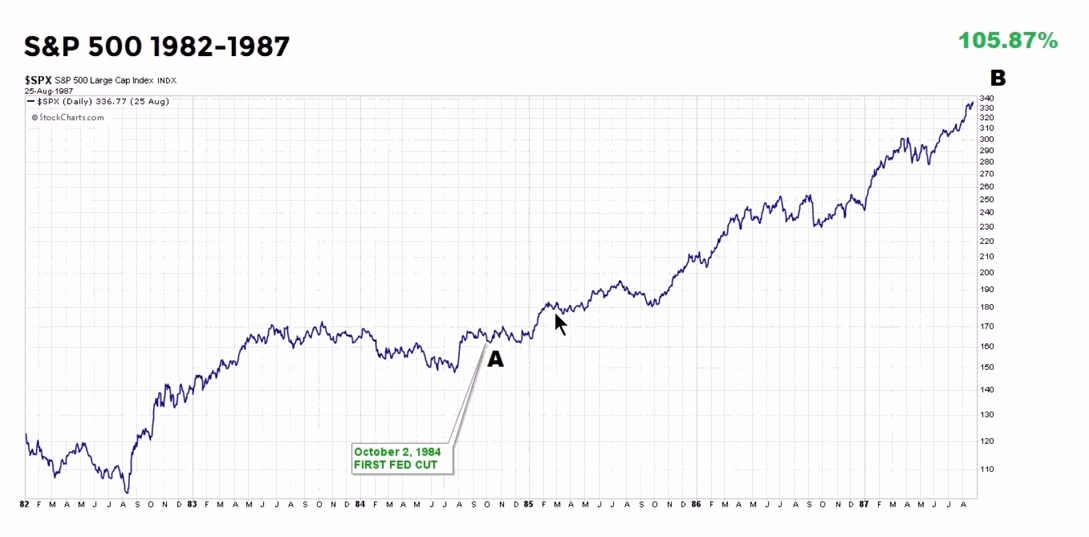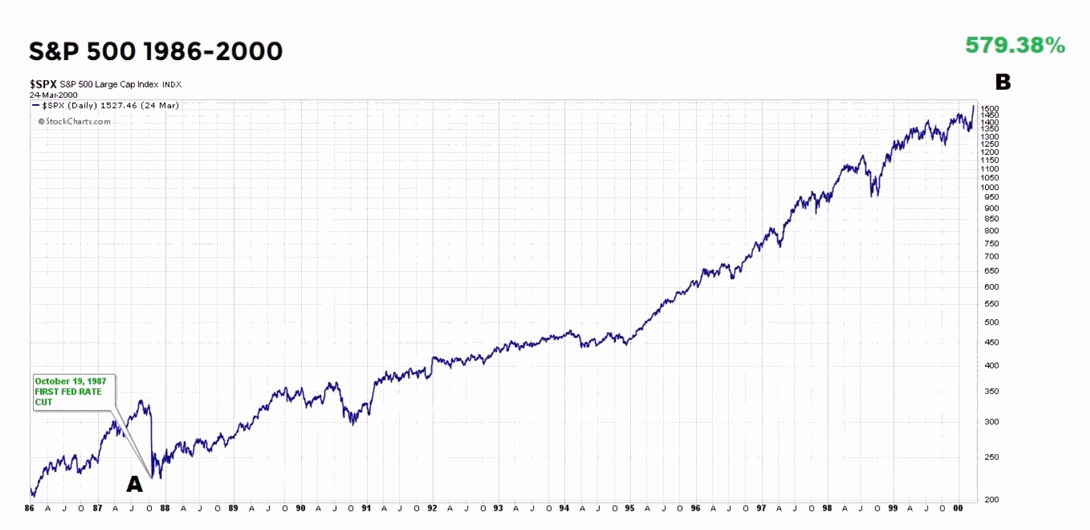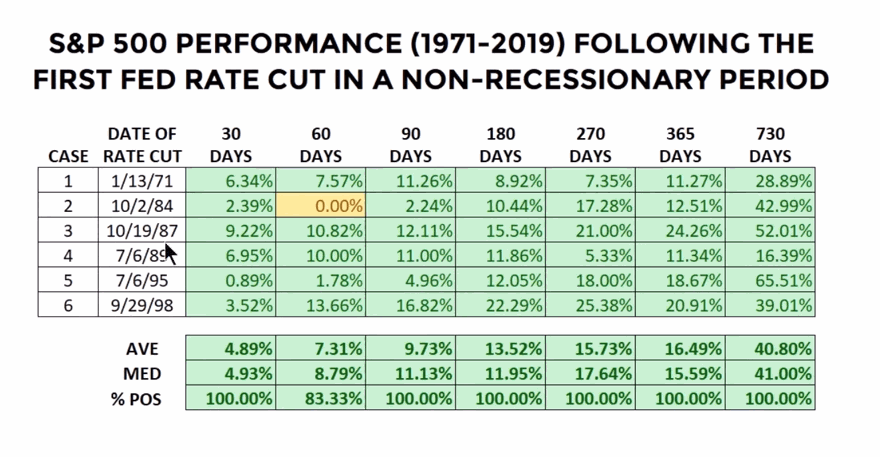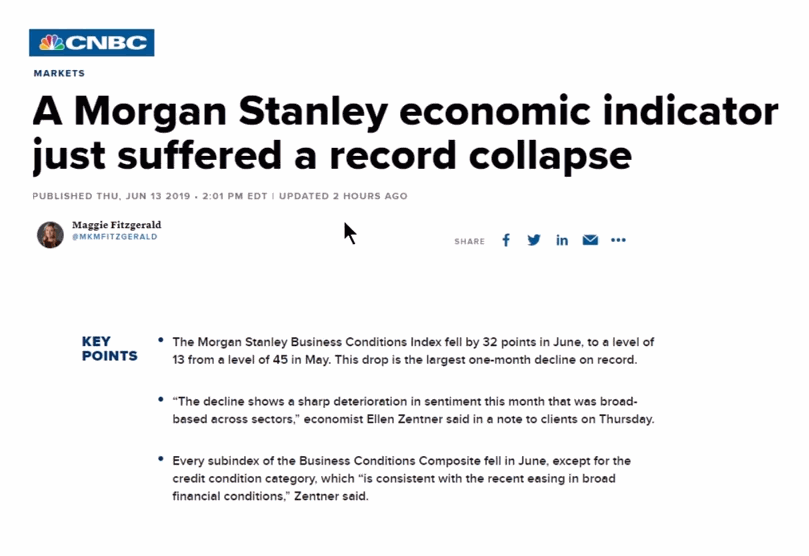There has been some talk in the media lately about the effects of FED rate cuts on the stock market. Conventional wisdom says that the FED begins cutting rates when it fears a contraction in the economy is coming. This is because it is afraid if it waits too long to cut rates it will “get behind the curve” and then cuts will not be effective. So when the FED cuts rates for the first time after a period of raising rates that must mean that the FED fears a recession coming on (which is bad for stocks). So, the question we are going to look at today is whether the facts actually bear out this conclusion.
 When evaluating the recessionary effects of FED rate cuts we first must must determine if the economy is already in a recession. Obviously, you can’t say that at rate cut caused a recession if you are already in a recession when the rates are cut. So we will begin by looking at only rate cuts that occurred when an economy is not already in a recession.
When evaluating the recessionary effects of FED rate cuts we first must must determine if the economy is already in a recession. Obviously, you can’t say that at rate cut caused a recession if you are already in a recession when the rates are cut. So we will begin by looking at only rate cuts that occurred when an economy is not already in a recession.
The first rate cut we are going to look at is the 1970-71 period. The first rate cut after rates were rising occurred on January 13th 1971. Over the next two years the S&P 500 tacked on roughly 30%.
The next rate cut after rising FED rates occurred in October of 1984 and as you can see the market was flat for a period but then it went on to gain a whopping 105.87% over the next few years. So once again the rate cut did not portend a crashing market. Quite the contrary, it would have been a good buying opportunity.
 Looking at the rate cuts in October 1987 we see an even more rosy picture. This time the S&P rose over 579%.
Looking at the rate cuts in October 1987 we see an even more rosy picture. This time the S&P rose over 579%.
 If we put the non-recessionary rate cuts into a table we see:
If we put the non-recessionary rate cuts into a table we see:
 Only one instance where the S&P was flat after 60 days. All other cases, in all other time-frames the market showed positive results. The average rally after these initial cuts lasted roughly 5.7 more years.
Only one instance where the S&P was flat after 60 days. All other cases, in all other time-frames the market showed positive results. The average rally after these initial cuts lasted roughly 5.7 more years.
In the following video Chris Ciovacco analyzed the FED rate cuts and how the situation relates to the current economic climate.
Chris also looks at the Morgan Stanley Business Conditions Index indicator:

Speak Your Mind